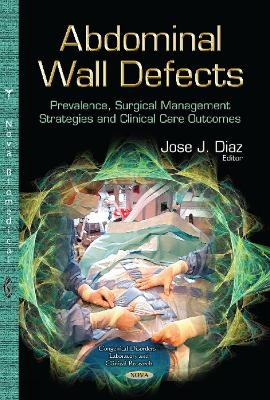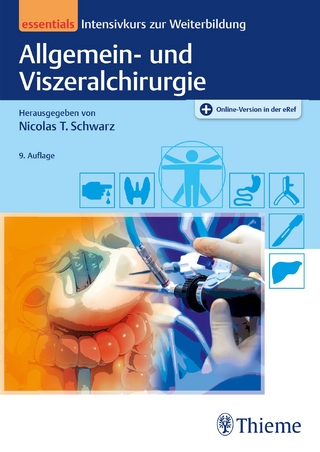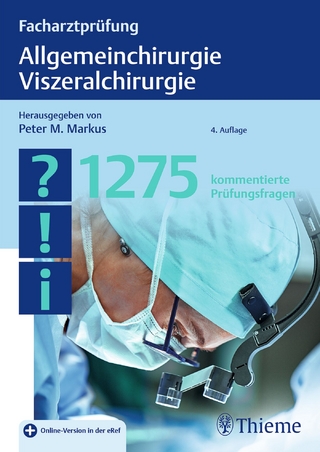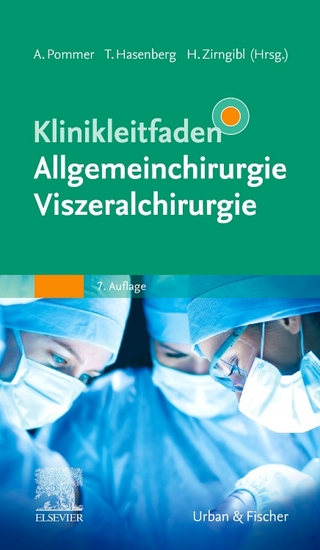Since general surgeons first started performing laparotomies in the late 1880's, acquired hernias and abdominal wall defects have become a surgical disease of their own. Many surgeons have made it their life's work to develop surgical techniques, design hernia meshes or utilise biologic tissue for repair of these abdominal wall defects. Hernias are defined as a defect in the normal architecture of the abdominal wall muscuolo-aponeuroic structure. They are subdivided into congenital or acquired hernias. The ventral or incisional hernia defects are rare due to the failure of normal healing of the incision after a laparotomy. The approach to the initial repair may be quite straightforward in the patient with a simple fascial defect who is otherwise healthy. As the size of the defect gets beyond 4 cm, or the patient has a significant co-morbid disease, other considerations must come into play. The component separation technique for abdominal wall reconstruction has brought many new young surgeons to focus their skills toward improving it. With the advances in critical care and peri-operative resuscitation together with knowledge of the abdominal compartment syndrome, surgeons are addressing very complicated ventral hernias. They commonly have significant loss of domain, tissue loss due to infection or tumour, or an entero-atmospheric intestinal fistula. The combined information in this text will help the surgeon identify the right surgical technique for the right patient. The focus of the text is the evaluation, prevalence, surgical techniques, and outcomes of patients undergoing complex ventral hernia repairs. The use of preoperative evaluation imaging is reviewed. The multiple etiologies of hernia and abdominal wall defects are mentioned. The surgical repairs utilising tissue repairs, both synthetic and biologic mesh are reviewed, and the component separation is discussed in detail. New endo/laparoscopic component separation techniques are also described. This text will become a must-have for every surgeon who takes care of patients with complex ventral hernias.
Preface; Incisional Hernia: Incidence, Risk Factors, Prevention, & Future Directions; Diagnostic Assessment of Ventral Hernia; Comorbidities & Ventral Hernia Repair; The Burden of the Open Abdomen; The Management of Abdominal Wall Desmoid Tumors: Current Concepts & Surgical Strategy; Risk of Abdominal Compartment Syndrome Despite Application of a Silo in Newborns Suffering from Abdominal Wall Defects; Paraostomy Hernias: Prevention & Prosthetic Mesh Repair; Complex Abdominal Wall Reconstruction: Using Autologous Tissue Flaps; Reconstruction of Severely Infected Abdominal Walls Using Latissimus Dorsi Free Flaps; Abdominal Wall Reconstruction: Biomaterials & Tissue Engineering Biomaterials; Abdominal Wall Repair Post-Hernia in Kidney & Liver Transplantation & after a Gun Shot Wound; Inguinal Hernia Repair: Current Techniques; Management of Ventral Hernia & of Postoperative Abdominal Wall Defects with Vacuum-Assisted Closure Therapy; Abdominal Wall Reconstruction after Necrotizing Soft Tissue Infections with Tissue Loss; Endoscopic Component Separation; Minimally Invasive Component Separation; Complex Abdominal Wall Reconstruction: Comparing Primary Closure & Biologic & Synthetic Meshes; Biologic Mesh in the Infected Field; Surgical Site Infection after Ventral Hernia Repair with Synthetic Mesh; Index.
| Erscheint lt. Verlag |
1.3.2014
|
| Verlagsort |
New York |
| Sprache |
englisch |
| Maße |
180 x 260 mm |
| Gewicht |
716 g |
| Themenwelt
|
Medizinische Fachgebiete ► Chirurgie ► Viszeralchirurgie |
| ISBN-10 |
1-62948-672-8 / 1629486728 |
| ISBN-13 |
978-1-62948-672-7 / 9781629486727 |
| Zustand |
Neuware |



